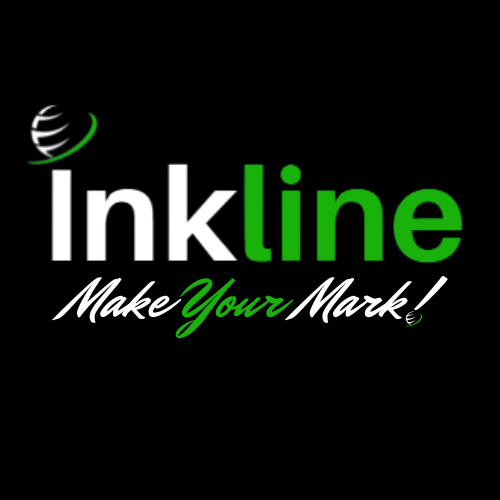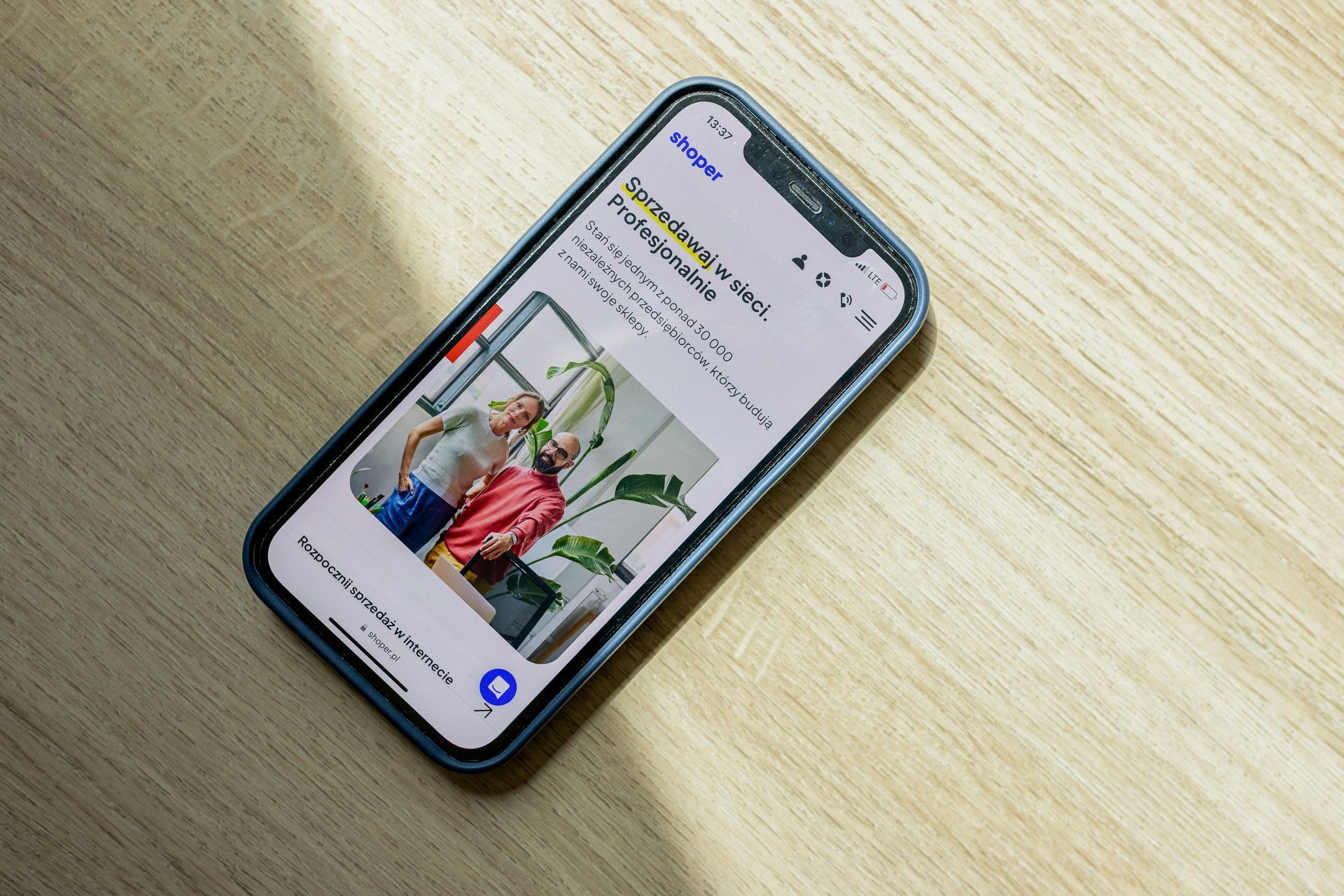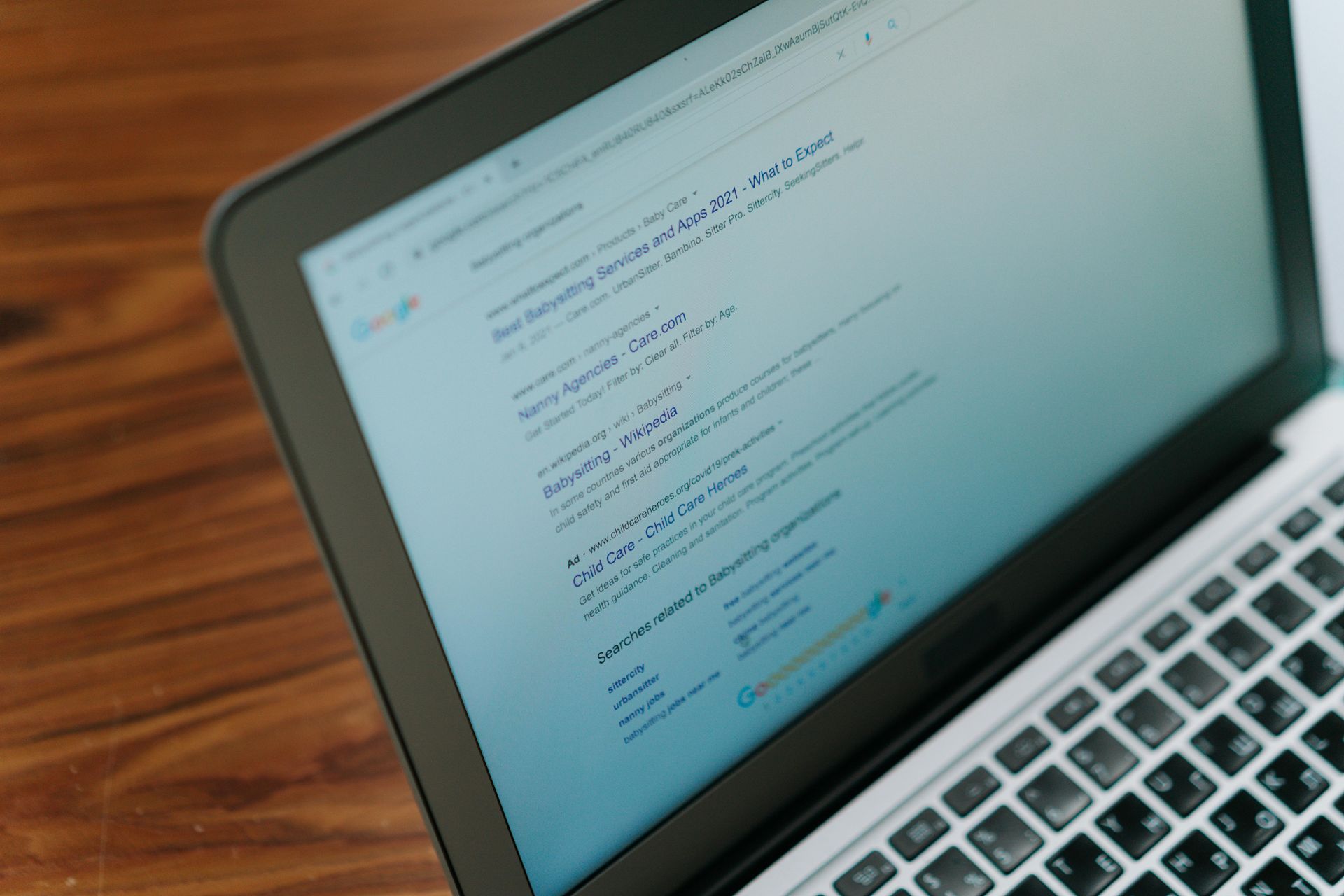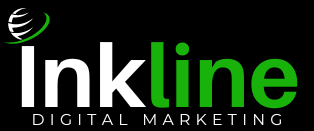Three LinkedIn Secrets From Its Chief Product Officer
Success leaves clues. When the person who oversees LinkedIn's product development shares advice about using the platform, smart professionals pay attention.
LinkedIn has evolved far beyond its original purpose as an online resume repository. With over 900 million members worldwide, it now functions as the central nervous system of global professional life. Yet most users barely scratch the surface of what's possible on the platform.
Tomer Cohen, LinkedIn's Chief Product Officer, recently revealed his top strategies for maximizing LinkedIn's potential. His insights offer a rare glimpse into how the platform's own leadership thinks about effective engagement. More importantly, they provide a roadmap for anyone looking to transform their LinkedIn presence from passive to powerful.
What makes these recommendations particularly valuable is their source. Cohen doesn't just understand LinkedIn as a user; he shapes its very functionality. His perspective combines insider knowledge with practical experience, offering a unique vantage point on what truly works.
The Professional Profile Revolution
Your LinkedIn profile serves as your digital professional identity. Yet according to platform data, most profiles remain significantly incomplete, undermining their effectiveness.
"The foundation of LinkedIn success starts with a clear, complete public profile," Cohen explains. This might seem obvious, but the execution matters tremendously.
A complete profile isn't just about filling in every section. It's about strategic presentation. Cohen recommends focusing on three critical elements that most users overlook:
First, verification signals have become increasingly important. LinkedIn now offers multiple verification options through trusted partners. These verification badges provide instant credibility in an era where authenticity is questioned.
Second, profile optimization should align with your specific goals. "Your profile needs different elements depending on whether you're job hunting, building thought leadership, or growing a business," Cohen notes. This contextual approach transforms a generic profile into a purposeful professional asset.
Third, regular updates matter more than most realize. "The algorithm recognizes and rewards profiles that show consistent activity and fresh content," Cohen reveals. Static profiles gradually lose visibility in search results and feed distribution.
Implementing these profile enhancements creates what Cohen calls "passive networking" - your profile works for you even when you're not actively using the platform.
The Network Amplification System
Cohen's second major insight focuses on network development through personalized engagement. "LinkedIn's value grows exponentially with
the quality of your network, not necessarily its size," he explains.
This represents a fundamental shift from earlier social media philosophies that prioritized connection quantity. Cohen suggests a more nuanced approach:
Building a strategic network requires intention. Rather than connecting indiscriminately, Cohen recommends identifying specific professional clusters relevant to your goals. These might include industry peers, potential clients, thought leaders, or complementary professionals.
Once these clusters are identified, engagement becomes the critical factor. "Thoughtful comments and genuine interactions create far more opportunity than passive scrolling or broadcasting," Cohen notes. This engagement-first approach transforms how professionals should think about their daily LinkedIn activity.
Cohen also highlights the power of second-degree connections. "Your network's network represents your greatest opportunity zone," he explains. By engaging with content from your direct connections, you naturally become visible to their connections, expanding your reach organically.
The practical application involves dedicating focused time to meaningful interactions rather than sporadic, reactive usage. Cohen suggests even 15 minutes of intentional engagement can yield significant results when done consistently.
The Human Element in an AI World
Perhaps most intriguing is Cohen's perspective on professional relationships in an increasingly AI-driven landscape. While acknowledging AI's transformative impact on work, Cohen maintains a compelling position about human connection.
"As artificial intelligence handles more routine tasks, uniquely human capabilities like relationship building become more valuable, not less," Cohen argues. This perspective challenges the common narrative that technology diminishes the importance of human connection.
Cohen points to several trends supporting this view:
First, decision complexity is increasing in most professional contexts. Complex decisions typically involve multiple stakeholders and require trust, which remains fundamentally human-centered.
Second, professional opportunities increasingly flow through relationship networks before becoming publicly available. Cohen notes that many key opportunities never reach formal channels, making network access crucial.
Third, the rise of remote and distributed work has actually increased the premium on intentional relationship building. "When casual office interactions disappear, deliberate connection becomes essential," Cohen explains.
This human-centric perspective informs how Cohen views LinkedIn's evolution. Rather than replacing human connection, he sees the platform's role as enhancing and facilitating it through increasingly sophisticated tools.
Practical Implementation Framework
Transforming these insights into action requires a systematic approach. Based on Cohen's recommendations, here's a practical implementation framework:
Profile Optimization Phase
Begin with a comprehensive profile audit. Review every section through the lens of your primary professional goal. Remove elements that don't support this goal and expand areas that do.
Next, implement verification where possible. LinkedIn offers multiple verification options, including employment, education, and ID verification through trusted partners. These verification markers significantly enhance credibility.
Finally, develop a content calendar for profile updates. Even minor refreshes signal activity to the algorithm. Consider updating your headline, featured section, or about section monthly to maintain profile vitality.
Strategic Networking Phase
Identify your key professional clusters. These might include industry peers, potential clients, thought leaders in your field, or complementary professionals. Create a simple spreadsheet to track these groups.
Develop an engagement routine. Set aside specific times for meaningful interaction with content from these clusters. Even 15 minutes daily can yield significant results when focused on quality engagement.
Implement what Cohen calls "visibility triggers" - activities that make you visible to second-degree connections. These include commenting thoughtfully on posts from well-connected individuals, participating in relevant group discussions, and creating shareable content.
Relationship Cultivation Phase
Move selected online connections to deeper engagement. Cohen suggests identifying 5-10 key relationships quarterly for development beyond platform interactions.
Create value exchanges that strengthen professional bonds. These might include making introductions, sharing relevant opportunities, or providing specific expertise.
Document relationship development systematically. Simple notes about conversation topics, shared interests, or potential collaboration areas help maintain connection context over time.
Measuring Success Beyond Metrics
Cohen offers a refreshing perspective on measuring LinkedIn effectiveness. While the platform provides numerous metrics, Cohen suggests focusing on outcomes rather than activities.
"The true measure isn't views, likes or even comments," Cohen explains. "It's the tangible professional opportunities that emerge from your LinkedIn presence."
These opportunity indicators might include:
Inbound professional inquiries that align with your goals. Quality matters more than quantity here. A single perfect-fit opportunity outweighs dozens of misaligned connections.
Invitation to participate in relevant professional conversations, whether through comments, direct messages, or external channels sparked by LinkedIn visibility.
Relationship development velocity - how quickly new connections transform into meaningful professional relationships with mutual value exchange.
Access to previously unavailable networks or communities that expand your professional ecosystem in relevant directions.
This outcome-focused measurement approach prevents the common trap of vanity metrics that don't translate to professional advancement.
The Future of Professional Connection
Cohen's perspective on LinkedIn's evolution provides valuable insight into the future of professional networking. Several emerging trends shape his thinking:
First, the boundary between personal and professional identity continues to blur. "Professionals increasingly bring their whole selves to work, and this authenticity becomes reflected in their online presence," Cohen notes. This trend suggests that effective LinkedIn presence will increasingly incorporate authentic personal elements within professional context.
Second, community belonging grows more important as traditional workplace structures evolve. "Professional identity increasingly connects to communities of practice rather than just employers," Cohen explains. This shift suggests the growing importance of participating in professional communities through platforms like LinkedIn.
Third, skill demonstration is replacing credential declaration. "Showing capabilities through content and conversation is becoming more valuable than simply listing qualifications," Cohen observes. This trend favors those who actively demonstrate expertise rather than merely claiming it.
These evolving dynamics inform Cohen's approach to both using and developing LinkedIn. They suggest that static, resume-style profiles will become increasingly less effective compared to dynamic, engagement-focused presence.
Beyond the Platform
Perhaps most interesting is Cohen's view on LinkedIn's role within broader professional life. Rather than seeing the platform as an end in itself, he positions it as an enabler of real-world professional relationships.
"The most successful LinkedIn users see the platform as the beginning of relationships, not their container," Cohen explains. This perspective shifts how professionals should measure success - not by platform metrics alone, but by relationships that transcend digital boundaries.
Cohen suggests several practices that embody this philosophy:
Regularly transitioning selected LinkedIn connections to other communication channels, whether through video calls, in-person meetings, or more direct messaging platforms.
Creating value exchanges that extend beyond platform interactions, such as collaboration opportunities, knowledge sharing, or business development.
Developing relationship rituals that maintain connections over time, preventing the common pattern of initial connection followed by permanent silence.
This broader perspective places LinkedIn within a comprehensive professional relationship strategy rather than treating it as isolated from real-world networking.
The Connected Professional Advantage
Cohen's insights ultimately point toward what might be called "the connected professional advantage" - the significant benefits that accrue to those who master relationship building in digital professional contexts.
In an era of increasing automation and artificial intelligence, human connection becomes a key differentiator. Cohen's perspective suggests that
those who develop this capacity gain several distinct advantages:
Access to opportunities that never reach public channels, including roles, partnerships, and business development prospects that flow through relationship networks.
Accelerated professional development through connection to diverse knowledge networks that provide multiple perspectives and learning opportunities.
Increased resilience through distributed professional relationships that provide support during career transitions or market disruptions.
Enhanced influence through the ability to mobilize networks around ideas, initiatives, or opportunities when needed.
These advantages compound over time, creating what Cohen calls "relationship equity" - a valuable professional asset that appreciates with consistent investment.
The most successful LinkedIn users understand this long-term value creation process. They focus less on immediate transactional outcomes and more on building relationship systems that generate opportunities over entire careers.
By implementing Cohen's recommendations - optimizing your profile, engaging strategically with networks, and prioritizing human connection even as technology advances - professionals position themselves for sustained success in an increasingly connected world.
The platform will continue evolving, but Cohen's core insight remains constant: behind the algorithms, features, and interfaces, LinkedIn's fundamental value lies in its ability to facilitate meaningful professional relationships. Those who master this understanding gain a significant advantage in today's complex professional landscape.











